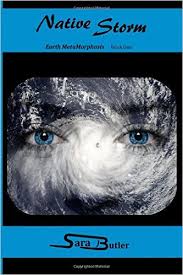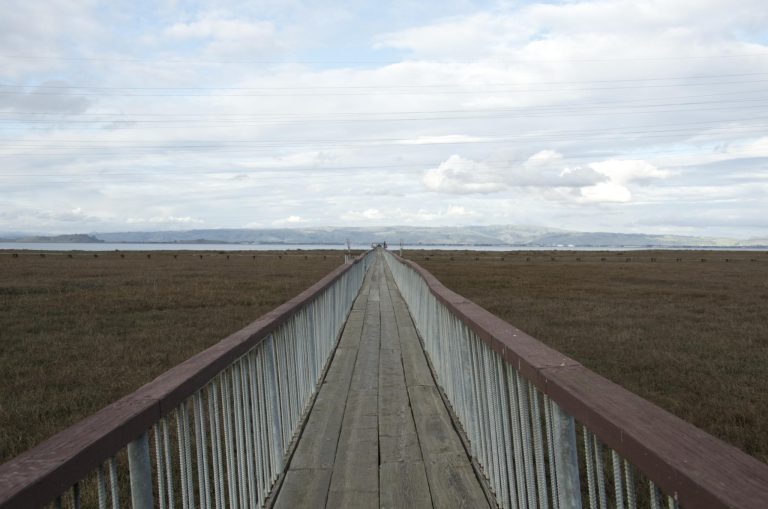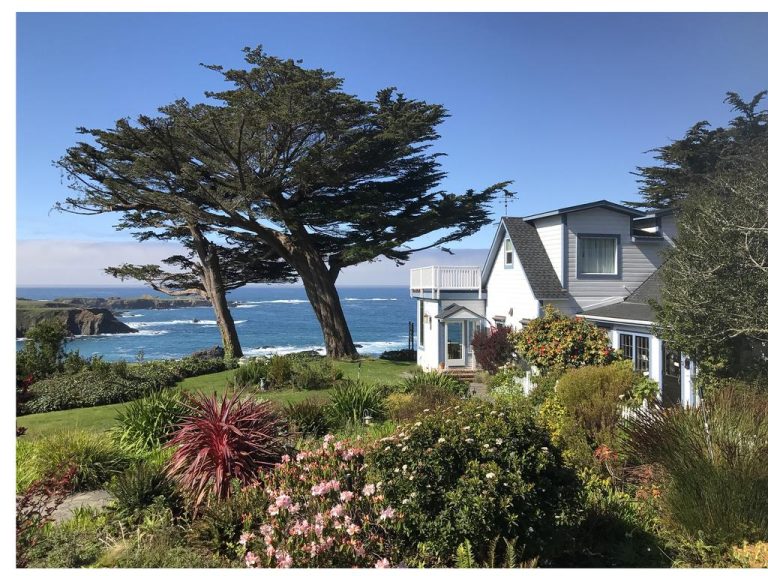How Writers Can Benefit by Outlining Their Scenes
We’re been taking a look at outlining scenes these last couple of weeks. Using my scene structure checklist, we’ve been seeing what elements are so necessary in scenes to ensure their structure is sound and they have all that’s needed to engage readers.
We’re in an age of “show, don’t tell,” and that means scenes are going to be packed full of action and dialogue and, well, showing instead of telling.
While many writers like to wing it, just writing off the cuff and creating scenes will only make revision harder in the long run. Scenes are the building blocks of a novel, and those who “pants” their way through scene writing will end up with a novel that is flawed structurally. Yes, this is just my opinion, one that I share with the top writing instructors and bloggers around. And I feel passionately about this.
You might argue that some very successful novelists, like Stephen King, are pantsers. But keep in mind, authors with decades of experience in writing dozens of novels usually have scene and novel structure hardwired into their brain. Just as with playing pro ball or snowboarding, once you become an expert, you don’t have to remind yourself what to do.
I’ve edited and critiqued countless manuscripts. I go through more than two hundred partial and full manuscripts a year. Most of them need a prodigious amount of work to get the structure solid. And most of those manuscripts have been carefully plotted and/or outlined. You can imagine what the unplotted manuscripts are like.
Seriously, save yourself heartache, time, and frustration and consider planning out your novel in advance. This means the overall story concept and structure and those twelve key pillars I spend a year teaching you about. Those are crucial, and one of the twelve pillars is “plot and subplots in a string of scenes.”
Winging it when it comes to scene structure is like building a house with paper nails to hold all the boards together. Your story is going to collapse without strongly built scenes.
We’ve been looking at my scene template. Take a moment and download it here. Whether you’ve already written a rough draft or are only at the idea stage, it’s so helpful to use a template like this to summarize each of your scenes and look carefully at what you have. And then consider having me critique your outline before you get too far into writing your story.
Last week I shared one of my clients’ scene template pages. If you didn’t get a chance to look at it, read it here. And you can download her entire first act, which I highly recommend you do.
Instead of wondering what you should have in a scene, using the template will remind you what you need to include. And by filling out a template for each scene and putting them in order, you can keep adding those little bits you think of that are needed to flesh those scenes out before you even write your scenes.
If you’re resistant to trying this because you don’t want to curtail your creativity, rest assured—this will only help you be creative. The argument that plotting a novel will box you in so much that your imagination will be stifled is a myth. Framework only serves to add creativity. Don’t knock it if you haven’t tried it.
Tailor the Template So It Works for You
I’ve used a variety of outlines for my books. Sometimes all I need is one paragraph per scene, detailing things like POV character, time, weather, setting, and a brief summary of the scene’s purpose and plot. Other times I’ve used timelines and charts and index cards in connection with my basic outline. It depends on how complex my plot is and if I’m using more that one character timeline.
 Just play around with the scene template, referring to the scene checklist to remind you of what’s needed in a scene. With time you’ll come up with the right method that works for you. But the point is, use that outline or template!
Just play around with the scene template, referring to the scene checklist to remind you of what’s needed in a scene. With time you’ll come up with the right method that works for you. But the point is, use that outline or template!
Here’s another example of my scene template in use. This is a scene by author Sara Butler, and it’s from her now-published novel Native Storm.
Sara is another hardworking editing client who labored long and hard outlining her story and hammering out the problems. She’s now an outline enthusiast. The type of outline you use can vary, for sure, and experimenting can help you find the one that works just right for you, or for your current project.
So take a look below and how she used the scene template to work out one of her scenes. I hope by looking at these examples I’m sharing on this blog, you’ll get some ideas of how you can use this scene template to advantage.
Scene # 1
Locale: Vespers hall in the Hive—an enclosed structure housing 5,000 people, most of whom are religious or work in the medical field
Time of day: Late evening
Time of year: Early summer, the beginning of hurricane season
Weather: Wind and thunderstorm outside, loud enough to be heard through the service
How much time passed since previous scene with this character: 1st Scene
POV character for the scene: Schell Faber, nineteen years old, very smart, dedicated to the Onegod, and has a lifelong ambition to be a religious leader but has been working as a medic
Scene Summary: Schell is in a Vespers service praying. A messenger tries to get her attention. At first she thinks it’s about her upcoming test to enter training to become a Beta. She leaves the service and finds out it is a call to work at the medcenter. The messenger tells her that dead bodies are being brought into the Hive, and she is needed to help out.
What main way is the story advanced? What new plot points are revealed? Schell is praying to become worthy to become a Beta—core need in the first few sentences! The 20th Night murders are introduced and Schell is involved in the investigation.
What conflicts/obstacles are presented in the scene? She should pray for patience but instead she prays for the tests to come soon. The young messenger bringing the note is interrupting the service and doesn’t want him to get into trouble. The note calling her to the medcenter to work is from one of the religious staff, and she doesn’t understand why they would need her for murder victims.
How does the POV character change or grow by the end of the scene? She takes the initiative to leave the service in the middle to keep the messenger from walking in and getting into trouble. She becomes worried about the murders that have so far just been out in Fleet coming closer to the Hive.
THE high moment or key info revealed in scene: She gets the message that she’s needed in the medcenter, where the dead bodies are being taken.
Important backstory bits revealed in scene: There are two sections to the Teachings: the parables, which are printed in small texts and given to everyone, and the History, Law, and Commentaries that until a few months ago were only open to the Alpha and Betas. She likes that the new Alpha opened the full Teachings to be read by everyone, even though her mentor Schulz disagrees. She had hoped that her mentor Beta Schulz would be chosen by the lottery, but now understands why the Grand Alpha is needed in the Hive. (Detail how Alpha is chosen and what he does.) Every 20th Night some family in Fleet has been murdered, and no one knows who’s doing it or why. The Natives from the Islands are suspected.
World-building or specific setting/locale details brought out: Set up the culture of the Hive, the prejudice against the Natives from the Islands, and bring in a little info about the third colony: Fleet.
You can see how using a scene template makes you focus in on the point of your scene and how it advances your plot and reveals character. Too many scenes in novels seem to accomplish nothing and have no reason for being there. Put your scene ideas through the wringer. Make sure they serve a purpose and help, not hinder, your story.
Sometimes a scene can be reworked to make it useful, by adding complications or a plot twist or new conflict. But you don’t want to just add “interesting bits” without considering the bigger story. All scenes, essentially, orbit around the protagonist pursuing her goal. If they don’t, and they can’t be effectively reworked to do so, they might need to be tossed.
Have you tried using the scene template? Has it helped you? If you have a scene you’ve laid out with the template and want me to consider featuring it on my blog, send it over!
And if you need help in hammering out your outline, hire me! Sometimes getting a professional eye on your project is what you need to get past the roadblock that might be tripping up your story.
Thoughts on using a scene template? What methods help you plot out your novel?












I’m glad you are preaching the merits of structured novels and purposeful scenes! Being a total plotter myself, I’ve never understood how authors can just start writing their novels without a planned plot structure. The novel I’m writing now has every scene planned ahead of time, and each one has a purpose. I know how each scene will begin, how it will end, how it moves the plot along, what major revelations will be brought forth, what the POV will be, etc.
And before anyone thinks that kind of detailed planning would totally kill any discovery, and leave no room for “pantsing”, there is still PLENTY of room for pantsing and discovery. Think of a scene as being a mini-novel, as a short story in and of itself. When you approach it that way, the aim will be to make EVERY scene awesome and EVERY scene a page turner–even if it’s just a long conversation between two people.
For example, in one of my scenes my heroine escapes into a cave to get away from your pursuers. The scene called for only about 8 pages in my first estimation. But when I wrote it, the scene blossomed into a 30 page survival story in the cave. Nothing changed in my original plan for the scene–the POV, start, end, and purpose of the scene stayed intact and unchanged, but how those played out are still quite flexible, even in the hands of the most rigid plotter.
At the risk of undermining your book and blog site here, I’d like to mention that “The Story Grid” by Shawn Coyne, and Shawn Coyne’s podcast, are also very helpful for people who have chronic plotting problems.
Thanks for sharing all that info! I’m always happy to direct writers to other helpful resources. It’s all about helping writers in whatever way works.
I like what you shared about your scene. I continually tell writers that plotting and structure give you more freedom, not less. And I also encourage looking at scenes as mini novels. thanks for joining in.